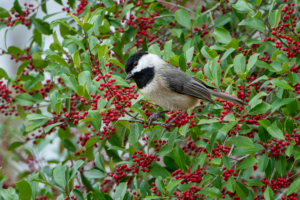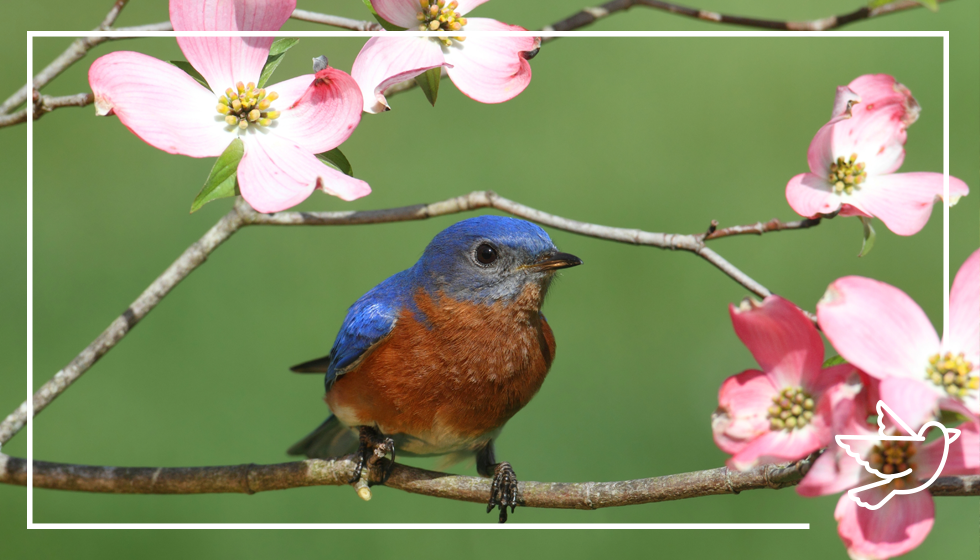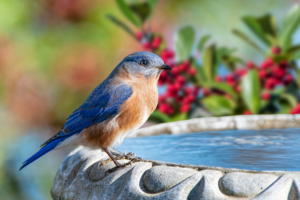Harmonize with Nature: Attracting Native Songbirds to Your Backyard
Imagine waking up to the soothing melodies of native songbirds right in your backyard. Southeastern Pennsylvania is home to a wide variety of beautiful songbirds, and with some thoughtful landscaping, you can transform your outdoor space into a haven that attracts these delightful feathered visitors. In this blog post, we’ll explore the key elements of landscape design that will entice native songbirds, focusing on sources of water, food, shelter, and nesting sites.
- Landscape Design: When it comes to attracting songbirds, a well-designed landscape is crucial. Incorporate a mix of trees, shrubs, and native plants in your backyard. Native plants provide essential food sources, attract insects, and create a natural habitat that songbirds love. Choose a diverse array of plant species that bloom at different times throughout the year to ensure a continuous supply of nectar, fruits, seeds, and insects.
- Water: Songbirds need a reliable water source for drinking and bathing. For easy access, consider installing a shallow water feature, preferably with a sloping edge. Ensure the water is clean and fresh through a little regular maintenance and keeping the water level topped up. Keeping it shallow helps to accommodate the smaller size of most songbirds.
- Food: To entice songbirds, offer them a variety of food sources. Plant native flowers that produce nectar, such as bee balm, cardinal flower, and black-eye susan, to attract hummingbirds and orioles. Berry-producing shrubs like elderberries, and serviceberries provide a tasty feast for birds. Additionally, leave seed heads on some flowers, such as sunflowers and coneflowers, to offer seeds for birds to enjoy during the colder months.

- Shelter: Native songbirds seek refuge from predators and harsh weather conditions. Incorporate trees and shrubs of varying heights to provide a layered canopy for shelter and nesting. Evergreen trees like Eastern red cedar and American holly offer year-round cover, while deciduous trees such as oak and maple provide nesting sites and food sources. Dense shrubs like spicebush, viburnum, and bayberry offer protective cover and berries for birds.
- Nesting Sites: Provide suitable nesting sites to encourage songbirds to raise their young in your backyard. Install birdhouses designed specifically for different species, ensuring appropriate entrance hole size and cavity dimensions. Place them at varying heights and orientations, facing away from prevailing winds and potential predators. Consider leaving just a few carefully curated fallen branches or a little brush, as they can provide natural nest-building materials and cover for ground-nesting birds.By implementing these landscape design strategies, you can create your very own inviting oasis for native songbirds. Remember to use native plants, provide a clean water source, offer a variety of food options, create sheltered areas, and provide suitable nesting sites. With just a little time, patience, and dedication, your efforts will soon be rewarded with the vibrant colors and melodic songs of the beautiful songbirds that will call your backyard home.
For more birdscaping ideas, check out our Pinterest page.
 Houp Landscaping – Enhancing Nature's Beauty
Houp Landscaping – Enhancing Nature's Beauty

